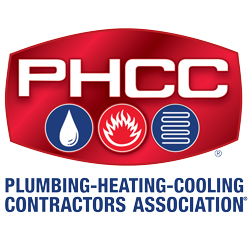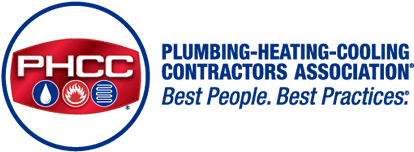
By Staff Writer, PHCC-National Association
Presented during the May 11-12, 2021, biennial Emerging Water Technology Symposium (EWTS) by Andrew J. Whelton, Ph.D., associate professor, Purdue University
Water purveyors test and document water quality in their system; when water is distributed to facilities, very little testing is done in the building. This minimal on-site testing ignores the effects of the building system on water quality. The pandemic has exacerbated system impacts with the closure or lack of occupancy of buildings. These buildings have had long residence time of water in the system resulting in depletion of disinfecting and anti-corrosion materials. These materials work to minimize contamination from microbiological contamination and leachate of piping materials. Testing in these buildings has shown increased levels of multiple contaminants; surprisingly, these contaminants also include increased levels of copper.
Significant flushing of systems should be undertaken to remove contaminants and be followed by water sample testing to determine that drinking water quality standards are maintained.
Routine water testing is necessary to determine whether there are pathogen problems. Testing should be done particularly in hospital neonatal intensive care units and oncology and transplant units, as the most vulnerable patients are treated there. These pathogens thrive in warm temperatures, dirt and sediment.
Drinking water safety regulations stop at the water meter, Purdue University Associate Professor Andrew J. Whelton explains. If interior water testing is done, it usually looks at only one faucet in a home. This means building certification systems are not linked to fixture water safety, and plumbing design practices and codes may not be directly linked to fixture water safety. For many years, the focus on interior water safety has been on the level of lead in the water, leading building owners to think lead is the only potential problem. Testing has shown that copper levels in water can greatly exceed the federal maximum for toxicity in buildings where lead levels are low.
“The goal is to improve public understanding of decreased flow and establish a range of plumbing flow demands,” says Whelton. This involves looking at the factors that influence water quality, which can vary drastically at the service line (something not widely known).
To that end, there has been a multi-year water study sponsored by Whirlpool Corporation with the help of Purdue University at a retrofitted 1928 single family house in West Lafayette, Indiana. The study was designed, in part, to develop a model to predict water quality at the faucet.
Disaster Response
As a result of the many buildings shut down in response to COVID-19, the much lower water use has prompted degraded water quality and possible greater health risks when faucets return to use. One issue that must be considered is the need to test water systems before reopening schools that had been closed for months. Even in light of this health risk, some health departments have discouraged school water testing because of fears lead would be found, resulting in the need for costly decontamination.
Wildfires are another natural disaster affecting school water systems, which can be contaminated by smoke or melted plastic pipes. Whelton recommends education for water regulators so they will change their policies appropriately based on new knowledge and adopt new technologies to deal with these issues. He wants to see evidence-based codes and best practices in use for all new and renovated buildings.
This is one of three reports on sessions conducted virtually during the EWTS on May 11-12, 2021. The Plumbing-Heating-Cooling Contractors—National Association was a proud industry partner of the event, which was co-convened by the American Society of Plumbing Engineers (ASPE), the Alliance for Water Efficiency (AWE), the International Association of Plumbing and Mechanical Officials (IAPMO) and Plumbing Manufacturers International (PMI), and presented in cooperation with the World Plumbing Council (WPC).
